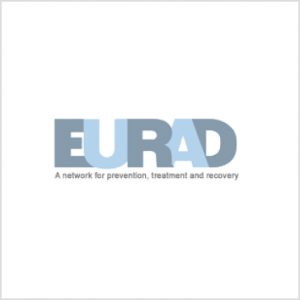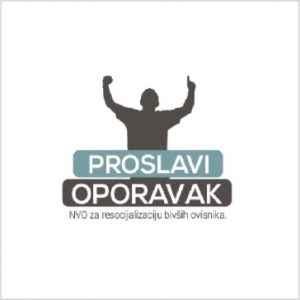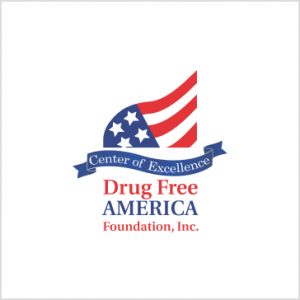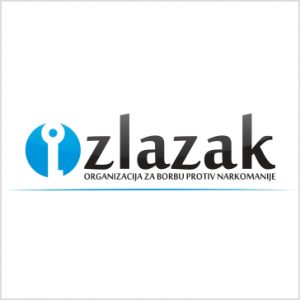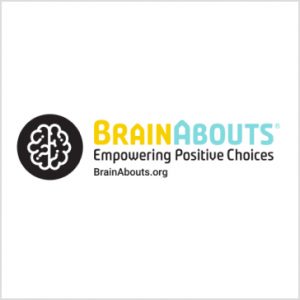For most of my career, I’ve been responsible for managing treatment programs. I believed strongly in those programs. At one of those programs, we developed a continuum of care that provided treatment and substantial, structural recovery support for more than 2 years for people with high severity, high chronicity, and high complexity cases of addiction. We devoted lots of time and energy to monitoring outcomes, patient retention, assuring quality, staff development, and integrating best practices. This program helped people whose lives had been destroyed by addiction become better than well and pursue lives full of connection, service, and personal accomplishments.
Over that time, I’ve been a vocal treatment advocate. That’s how this blog started. However, I’ve needed to be reminded over and over again that a lot of treatment isn’t worthy of that advocacy. Too many treatment programs market hope and recovery but provide care of inadequate quality, duration, and intensity. (Things like cost and credentials are often not good indicators of adequate care.) Some do it for profit, others aren’t knowledgeable or competent, and many are just following the status quo.
As the opioid crisis turned into an overdose crisis (with fentanyl as an accelerant) inadequate care became increasingly dangerous for patients, and it became increasingly important for providers to challenge inadequate and questionable care. It’s also become increasingly important for providers (and advocates) to ruthlessly interrogate their own models of care and be honest about their limitations.
I don’t believe any provider can be all things to all patients, particularly since patients come to treatment with different goals, needs, resources, preferences, etc. However, all providers can be transparent about the pros and cons of their treatment model AND the pros and cons of services/treatments they don’t offer. I’ve become convinced that this is the only path forward for ethical treatment providers — to develop rigorous models of informed consent that are repeated throughout the treatment episode and offer information and active linkage to any reasonable treatment option not offered by that provider. That informed consent is not a one-time event is critical — patients’ goals, preferences, needs, and resources change over time, particularly as they experience successes and setbacks that prompt reflection and re-evaluation of their options. Given the risks, tradeoffs, and individual factors, it’s the responsibility of the treatment provider to make sure the patient is informed and given the opportunity to choose the treatment approach that best aligns with their goals, needs, and preferences.
All of this has been a long introduction to a recently released study that’s been used to advocate for telehealth treatment services.
First, I want to make it clear that I harbor no skepticism about the importance of telehealth services as part of an effective system of care. With the explosion of telehealth during the pandemic, I’ve seen the benefits of telehealth in the engagement and retention of patients who might never try in-person services or stay engaged with in-person services for reasons as varied as transportation, scheduling, temperament, and medical or psychiatric comorbidities.
The study looked at medication retention and medically treated overdoses before and during the pandemic, with the before-pandemic group representing office-based care and the during-pandemic group representing telehealth care. They found good news and bad news
The good news was that shifting to telehealth did not adversely impact either of these outcomes.
The bad news was that I found the outcomes to be very disappointing.
Retention rates for buprenorphine (defined as use over 80% of days) over 6 months were 31% for the office-based group and 33% for the telehealth group.
Retention rates for extended-release naltrexone (defined as use over 80% of days) over 6 months were 8% for the office-based group and 12% for the telehealth group.
18% of each group experienced a medically treated overdose during the study period.
The subjects were all Medicare patients. They had to meet age or disability requirements to enroll. However, the retention rate is no inconsistent with what I’ve seen in other studies with other populations.
I imagine most patients and families are looking for treatments that offer better than a 1 in 5 chance of an overdose, and 2 in 3 chance (or 9 in 10 for extended-release naltrexone) of discontinuing treatment within 6 months.
Are those outcomes explained to patients? Are they offered other options?
This criticism isn’t about the treatment being offered (in this case, medication) or the method of delivery (telehealth or in-person). My criticism is about the system of care that doesn’t offer treatment and recovery support of adequate duration, intensity, quality, and scope. (Which is the norm whether you’re entering residential, outpatient, or office-based MOUD.) And further, it’s representative of an evidence-base that tends to speak only to outcomes like medication retention and overdose.
In his call for recovery-oriented methadone maintenance, Bill White described the difference between remission and recovery:
Recovery from opioid addiction is also more than remission, with remission defined as the sustained cessation or deceleration of opioid and other drug use/problems to a subclinical level—no longer meeting diagnostic criteria for opioid dependence or another substance use disorder. Remission is about the subtraction of pathology; recovery is ultimately about the achievement of global (physical, emotional, relational, spiritual) health, social functioning, and quality of life in the community.
Studies like the one mentioned above don’t even speak to remission.
22 years ago, in response to systems of care that were failing to meet the needs of people with addiction, their families, and their communities, Bill called for a new recovery movement:
The treatment movement that grew out of it focused on creating, professionalizing and legitimizing medically- and psychologically-oriented care of the alcoholic and the addict. While each of these movements can claim successes, the dissipation of the first movement and a backlash against the second has left a vacuum that begs to be filled. It is time for a recovery movement. The central message of this new movement is not that “alcoholism is a disease” or that “treatment works” but rather that permanent recovery from alcohol and other drug-related problems is not only possible but a reality in the lives of hundreds of thousands of individuals and families.
Two decades later, as we confront new system failures, and a new wave of treatments and research that intimate pessimism that full, permanent recovery is possible, it seems like a good time to revisit Bill’s early work on Recovery Management.
As he launched Recovery Management he described 10 areas of vulnerability with the dominant acute care model. A lot has changed, but many problems remain, and some new problems have emerged. Revisiting those 10 areas might be a good place to start to evaluate the current problems and opportunities.
- Attraction
- Access & Engagement Access & Engagement
- Assessment & Assessment & TxPlanning Planning
- Service Elements Service Elements
- Composition of Service Team Composition of Service Team
- Locus of Service Delivery
- Service Dose and Duration Service Dose and Duration
- Frequency of Discharge, Relapse, Readmission
- Failure to Manage Addiction/Tx/Recovery Careers
- Timing of Recovery Stability
References
White, W. (2000). Toward a new recovery advocacy movement.
White, W. (2002). A brief primer on recovery management.
Source: https://recoveryreview.blog/2022/09/23/treatment-as-usual-isnt-cutting-it-same-for-research-as-usual/



